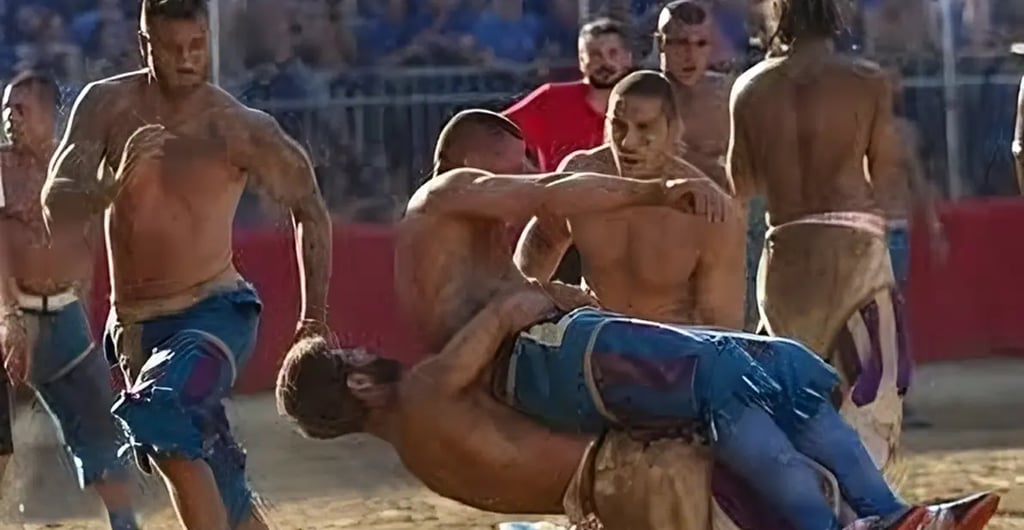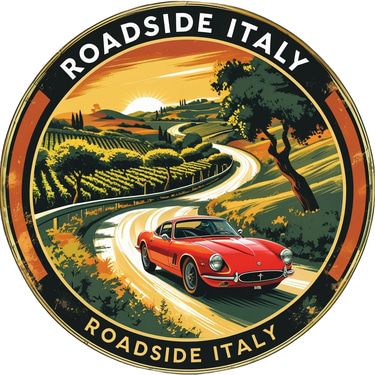Calcio Fiorentino – Florence’s Fierce Historic Game
Step into Florence’s wild side with Calcio Fiorentino, a centuries-old mix of soccer, rugby, and wrestling played in dazzling Renaissance costumes.
TOSCANAFEASTS&FESTIVALS


Origins of Calcio Fiorentino
Picture this: Florence in the 1500s—a city humming with art, politics, and fierce rivalries between noble families. In the middle of all that, a new pastime bursts onto the scene: Calcio Fiorentino, or calcio storico. Imagine rugby, soccer, and a street brawl rolled into one, played right in the heart of the city, especially in Piazza Santa Croce.
Its roots reach back even further, with echoes of ancient Roman and medieval ball games. But in Florence, it became something unique—laced with local tradition, strict (and flexible) rules, and a swagger all its own. Matches weren’t just sport; they were statements of power, pitting neighborhoods—and the families behind them—against each other in front of the whole city. Even Cosimo I de’ Medici, Grand Duke of Tuscany, staged games to showcase Florence’s might.
Centuries later, the sport has survived. It’s still a cultural powerhouse—equal parts history, athleticism, and theatrical showdown.
How the Game Works
Forget modern soccer—Calcio Fiorentino plays by its own rules. Two teams of 27 players face off on a sandy pitch. Positions exist—defense, midfield, attack—but they blur fast once the tackling, grappling, and wrestling begin.
The match lasts a single 50-minute half (not three periods), and the goal is simple: get the ball—more rugby-shaped than round—into the opponent’s net. How you manage it is up to you, so long as it stays within the sport’s famously… flexible guidelines.
The uniform? No helmets, no pads—just bold Renaissance costumes in the colors of each neighborhood. Tradition is as much a part of the game as endurance and grit.
Calcio Fiorentino Today
Today, the sport’s high point is the Torneo di San Giovanni on June 24th, Florence’s patron saint day. The city’s four historic districts—Santa Croce (blue), Santo Spirito (white), Santa Maria Novella (red), and San Giovanni (green)—send their best to the sandy arena in Piazza Santa Croce.
For tourists, it’s an unmissable spectacle: bright costumes, roaring crowds, and a raw, physical game straight out of the Renaissance. For locals, it’s about pride, tradition, and keeping Florence’s identity alive in the 21st century.
In Pop Culture
Calcio Fiorentino has inspired writers like Neri Pozza and Curzio Malaparte, who saw in it the grit and loyalty of Florence itself. Filmmakers love its theatrical visuals—Renaissance garb, dust clouds, and the all-in intensity of the players.
It’s more than an annual match. It’s a living piece of Florence’s cultural DNA, handed down through generations, keeping alive the city’s fiery and competitive heart.
